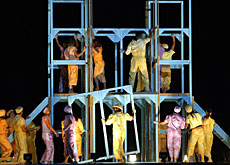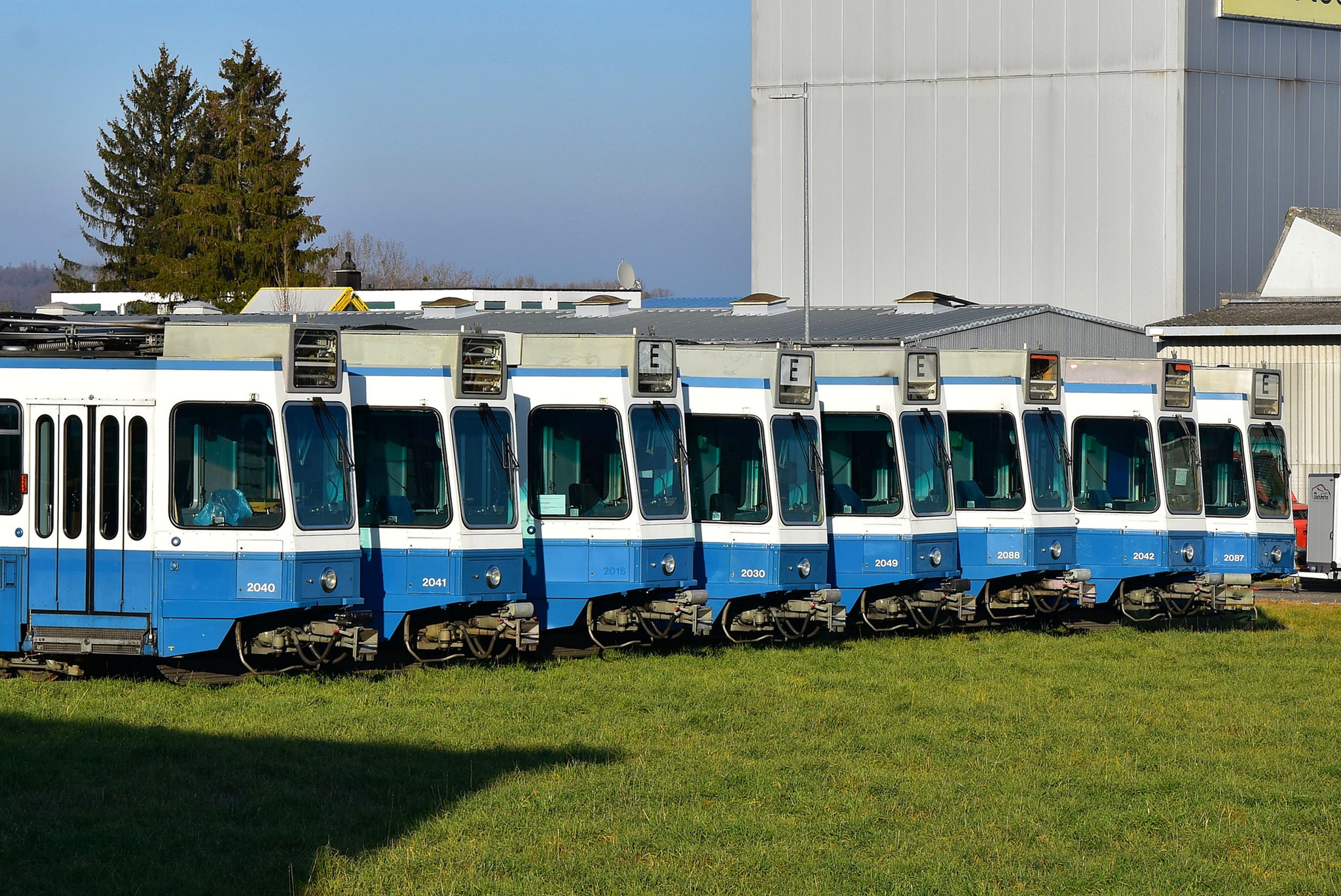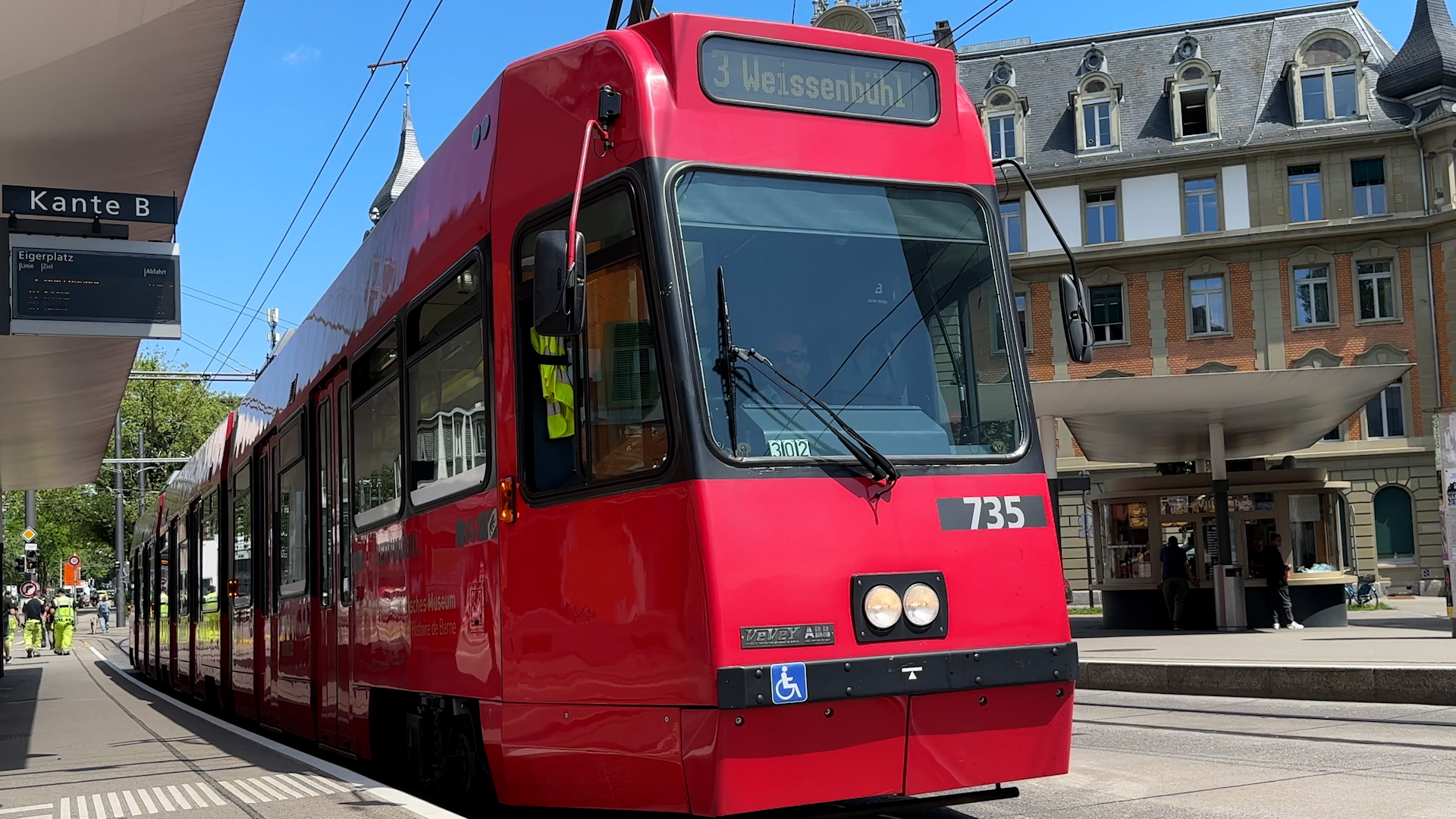Welcome to Babylon

Switzerland has four national languages and 26 education authorities.
This is a complex situation that ably demonstrates the advantages and limitations of the federalist system.
There are some fundamentals that are shared by the entire country, such as a minimum of nine years of schooling, freedom of religion and expression, and free education.
But aside from these, none of the 26 Swiss cantons and half-cantons adheres to a single academic system.
Even the apparently simple matter of ensuring that all pupils start the school year at the same time necessitated the addition of a new article to the constitution in 1989.
This is just a single example, but one that illustrates the intricacies of the Swiss education system.
Cantons take the lead
Compulsory schooling is regulated by cantonal legislation and generally managed by local communities.
In some cantons, children start school at the age of six, while in others they begin at seven years old. As for the total number of hours each pupil spends in the classroom, this can vary from between 7,300 and 9,000 a year depending on where they live.
Regional anomalies also show up in the curriculum taught in each canton and in the teaching methods used.
However, there is greater uniformity once pupils move on to higher education, such as universities or vocational schools. Here, the federal government plays a greater coordinating role: the federal institutes of technology in Zurich and Lausanne fall entirely under government jurisdiction in matters of education.
Complex system
The complex structure of the education system also overlaps Switzerland’s unusual linguistic make-up.
The borders between the four national languages do not correspond to cantonal boundaries. Cantons Bern, Fribourg and Valais are bilingual (French and German), whereas Graubünden is trilingual (German, Romansh and Italian).
In this context, the advantages of the broad autonomy granted to the cantons and communities in managing their schools can clearly be seen. The system makes it easier for cantonal authorities to tailor the curriculum to the needs of each particular region.
Cohesion
Schools are also one of the main instruments for promoting communication between the different linguistic regions of Switzerland. Through the teaching of any one national language as its principal foreign language, Swiss schools are a major force in guaranteeing a greater sense of national cohesion.
However, the new demands that society is placing on its educational system run the risk of jeopardising the country’s multilingualism.
Proof of this can be seen in the controversial debate triggered by canton Zurich’s decision in 2000 to adopt English as the main foreign language. The delicate balance between the national languages therefore continues to remain vulnerable.
by Andrea Tognina
Switzerland has four national languages – German, French, Italian and Romansh -and 26 education authorities.
School systems differ from canton to canton, but everyone has the right to a minimum of nine years schooling, freedom of religion and expression and free education.
There is greater uniformity in higher education because of more federal involvement.
Schools teach one national language as a principal foreign language, which promotes linguistic cohesion.
In 2000, canton Zurich made a controversial decision to teach English as the main foreign language.

In compliance with the JTI standards
More: SWI swissinfo.ch certified by the Journalism Trust Initiative








You can find an overview of ongoing debates with our journalists here . Please join us!
If you want to start a conversation about a topic raised in this article or want to report factual errors, email us at english@swissinfo.ch.